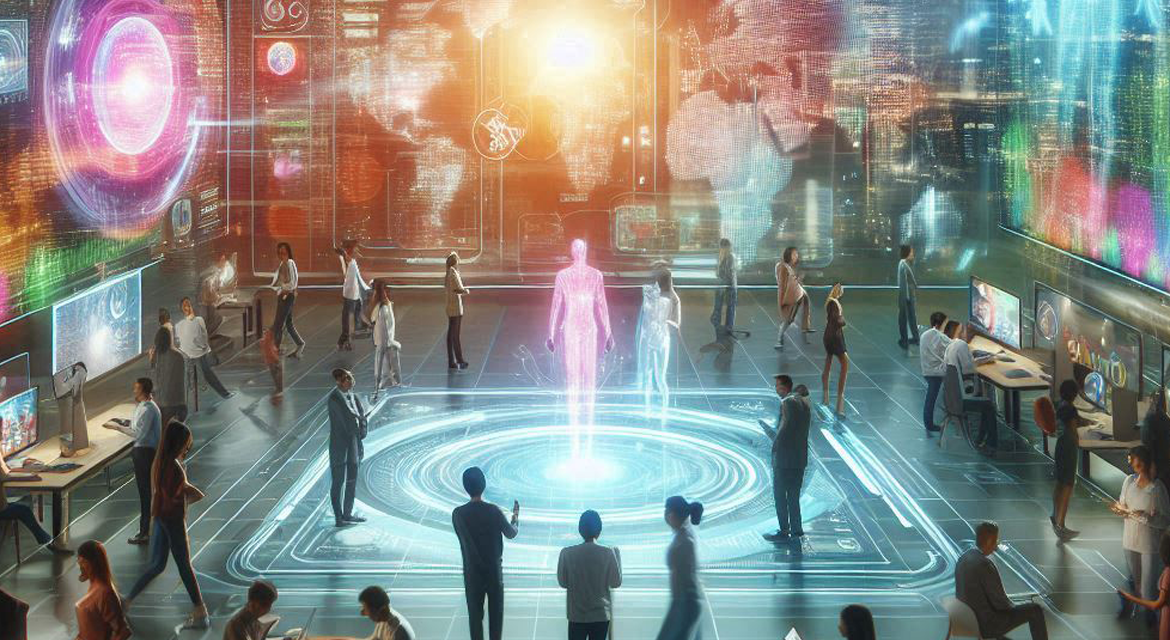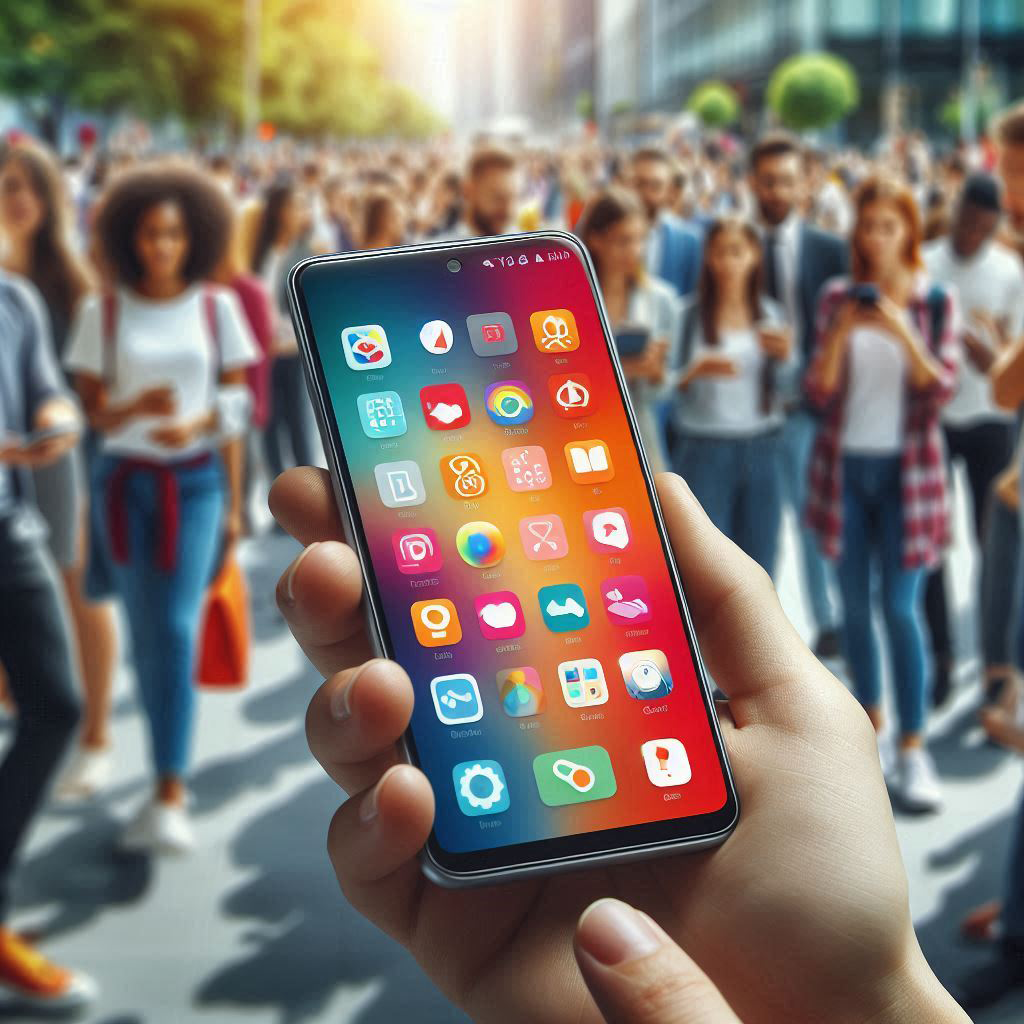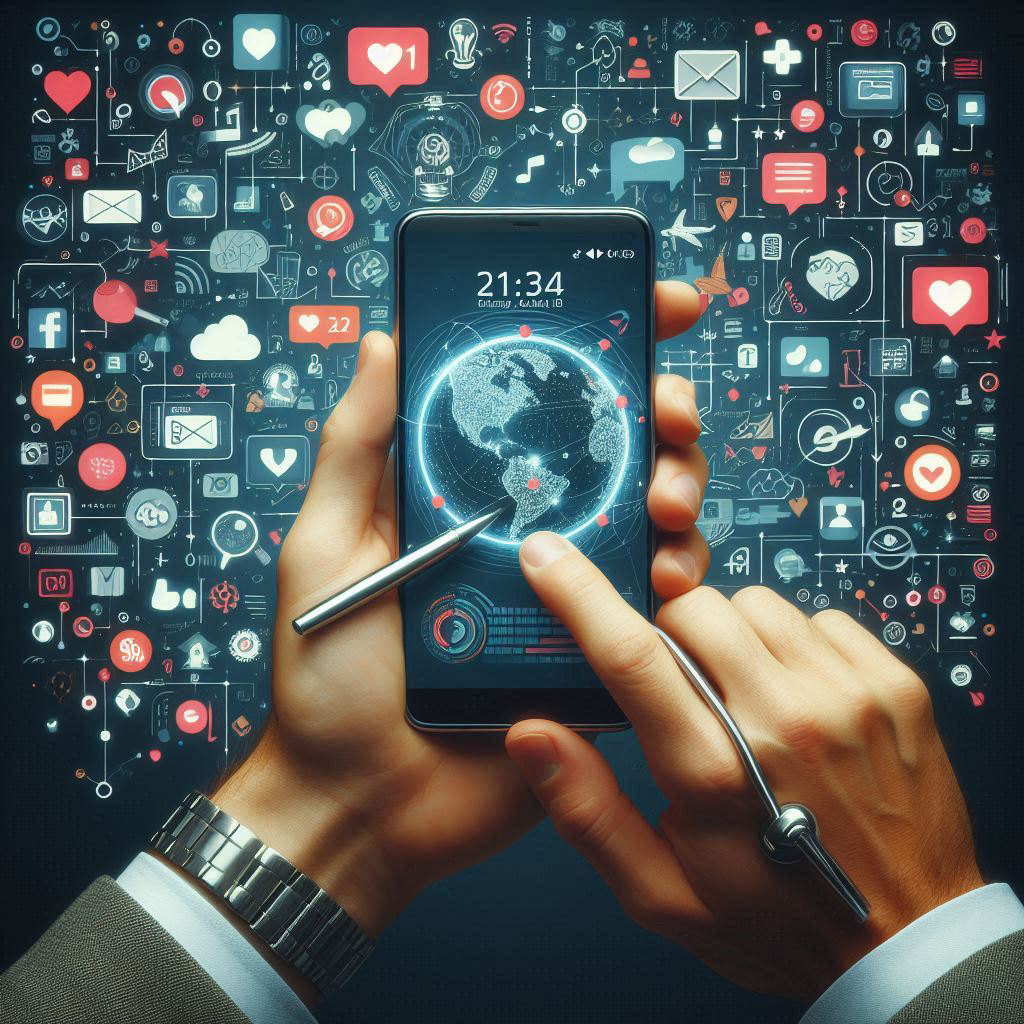Welcome, dear readers, to the wonderful world of synthetic media, where technology meets creativity, and reality takes a backseat! If you thought deciphering your social media feed or figuring out how to use a new gadget was confusing, brace yourselves for a new level of complexity. In this article, we’ll dive into what synthetic media is, why it exists, and how it’s about to turn everything you know upside down. Prepare for a rollercoaster ride through the land of deepfakes, virtual influencers, and AI-generated art—because real life just wasn’t challenging enough!
What is Synthetic Media?
Synthetic media, in the simplest terms, refers to media content created, altered, or enhanced by artificial intelligence (AI). This includes everything from digitally generated faces that don’t exist, to voices that sound eerily like your favorite celebrity, to entire videos fabricated from scratch. Think of it as the ultimate Photoshop on steroids, but instead of just tweaking a few colors, we’re talking about creating entire realities.
The realm of synthetic media is vast and varied. At one end of the spectrum, we have simple tools that can enhance photos or videos to make them look more polished. At the other end, there's a new breed of technology capable of generating hyper-realistic images and videos that can fool even the most discerning eye. Consider this: an AI can analyze thousands of images of a person and create a video where that person appears to be doing something they've never done. It's both fascinating and a little bit terrifying.
Why Do We Need Synthetic Media?
You might be wondering, “Why complicate things with synthetic media?” Well, the answer is simple: because we can! In a world where technology is advancing at breakneck speed, why settle for the mundane? Here are a few reasons why synthetic media is becoming the next big thing:
Entertainment
Imagine watching a movie where the lead actor is a digital creation, and you’d never know the difference. Hollywood could save a fortune on catering alone! From creating CGI characters that look astonishingly real to recreating iconic scenes with new actors, synthetic media is revolutionizing the entertainment industry. Plus, it allows filmmakers to push the boundaries of what's possible on screen.
Marketing
Virtual influencers are taking over social media, promoting everything from fashion to fitness, without ever needing a lunch break or a day off. Brands are leveraging these digital personas to engage with audiences in new and innovative ways. These influencers can be tailored to embody the perfect brand ambassador, ensuring consistent messaging and a flawless image. It's marketing perfection, minus the human flaws.
Education
AI-generated tutors and virtual classrooms that adapt to each student’s learning style are making education more personalized than ever before. Imagine a virtual history teacher that can take you on a tour of ancient Rome, or a science tutor that can demonstrate complex experiments in real-time. The possibilities for interactive and immersive learning experiences are endless, potentially transforming education as we know it.
And let’s not forget the sheer novelty of it all. Who wouldn’t want to see a mashup video of your pet cat giving a TED Talk in Shakespearean English? Whether for humor, creativity, or innovation, synthetic media is opening doors to new forms of expression and engagement.
Deepfakes: The Good, The Bad, and The Ugly
Ah, deepfakes—the poster child of synthetic media. These are videos where the faces and voices of real people are manipulated to create hyper-realistic but entirely fake scenarios. Deepfakes can be funny, like putting your friend’s face on a famous movie scene, or downright terrifying, like creating fake news clips that spread misinformation.
The good news is that deepfakes have some positive applications. For instance, in the world of filmmaking, they can be used to bring historical figures to life or age actors seamlessly. Imagine watching a documentary where Abraham Lincoln delivers the Gettysburg Address in his own voice, reconstructed from historical data. However, the bad news is that they can also be used for malicious purposes, such as identity theft or political manipulation. Creating a video of a politician saying something inflammatory could have serious, real-world consequences. As for the ugly, well, just wait until someone deepfakes your high school yearbook photo. The ethical implications are vast and complex, making it crucial for society to navigate this new territory thoughtfully.
Virtual Influencers: Because Real People Are So Last Year
Move over, Kardashians—there's a new influencer in town, and they’re not even real. Virtual influencers are AI-generated personalities that have taken social media by storm. They post, they pose, and they promote products just like any human influencer, except they never age, never tire, and never get caught in a scandal (unless their creators have a really bad day).
These virtual celebs are becoming brand ambassadors, hosting live streams, and even starring in ad campaigns. They’re perfect for brands because they’re entirely controllable. Want them to promote a winter coat in the middle of summer? No problem! Virtual influencers are here to stay, making the digital world just a tad more surreal.
Take Lil Miquela, a well-known virtual influencer with millions of followers. She’s collaborated with major brands, released music, and even sparked debates about the nature of reality. Her creators can craft every aspect of her life, ensuring she always aligns perfectly with brand values and trends. It's a marketer's dream come true, providing a glimpse into the future of digital advertising and brand management.
AI-Generated Art: When Computers Get Creative
If you think art is a purely human endeavor, think again. AI-generated art is pushing the boundaries of creativity, producing works that are sometimes indistinguishable from human creations. From painting and music to poetry and dance, AI is dabbling in it all. The results can be stunning, bizarre, or downright hilarious.
Consider this: an AI-generated painting once sold at auction for over $400,000. That’s right, a computer-created masterpiece fetched more money than most humans will see in a lifetime. The artwork, produced by the AI artist known as "Obvious," raised questions about authorship, creativity, and value in the art world. So if you’re an artist feeling threatened, don’t worry—just think of AI as your eccentric collaborator with a penchant for abstract expressionism. It's not about replacing human artists, but about enhancing and expanding the possibilities of artistic creation.
The Ethical Maze
With great power comes great responsibility, and synthetic media is no exception. The ethical implications of creating and disseminating synthetic content are vast and complex. How do we ensure that synthetic media isn’t used to deceive, manipulate, or harm?
There are ongoing efforts to develop technology that can detect deepfakes and other synthetic media. Companies are also working on creating ethical guidelines and standards for the use of AI in media creation. But as with any technological advancement, the lines between right and wrong can quickly blur, making it essential for society to navigate this new landscape thoughtfully and carefully.
For instance, researchers are developing algorithms to identify deepfakes, looking for subtle inconsistencies in lighting, reflection, and movement that can give away a fake. Ethical guidelines are also being established to govern the use of synthetic media, ensuring transparency and accountability. However, as synthetic media becomes more sophisticated, the challenge will be to stay ahead of those who seek to misuse it.
Embrace the Chaos
Synthetic media is here to stay, and it’s transforming the way we create, consume, and interact with content. While it can be confusing and sometimes disconcerting, it also opens up a world of possibilities that we’re only just beginning to explore. Whether it’s for entertainment, education, or just plain fun, synthetic media is reshaping reality in ways we never imagined.
So, dear readers, embrace the chaos and get ready for a future where nothing is quite as it seems. After all, if real life wasn’t confusing enough, synthetic media is here to take things to a whole new level of perplexity. And who knows? Maybe one day, you’ll have a virtual clone living your best life while you sit back and enjoy the show. The journey ahead promises to be exhilarating, confusing, and utterly transformative—so buckle up and enjoy the ride!










